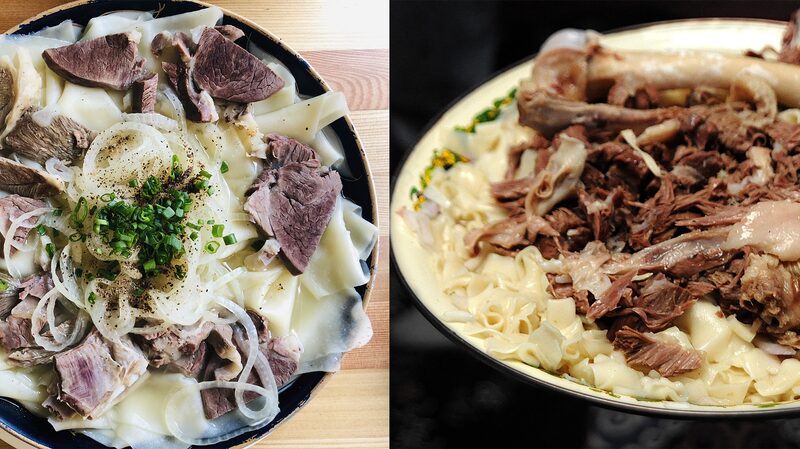Central Asia, a pivotal hub of the ancient Silk Road, boasts a rich culinary heritage deeply influenced by the region's nomadic roots. At the heart of this tradition is Beshbarmak, a quintessential Kazakh dish that celebrates the abundance of meat, a staple in nomadic diets.
The nomadic lifestyle of Central Asia has historically relied on livestock farming, providing high-quality meat and dairy products essential for survival and culinary excellence. Beshbarmak, which translates to \\"five fingers\\", is traditionally eaten by hand, embodying the communal spirit of Kazakh gatherings. The dish typically features boiled meat served over flat noodles and is often accompanied by a savory broth, highlighting the simplicity and richness of the ingredients.
Today, Beshbarmak remains a beloved symbol of Kazakh culture, bridging past and present by honoring the nomadic legacy while adapting to modern culinary trends. Its enduring popularity among both locals and visitors underscores the timeless appeal of Central Asia’s meat-centric gastronomy.
Reference(s):
cgtn.com




